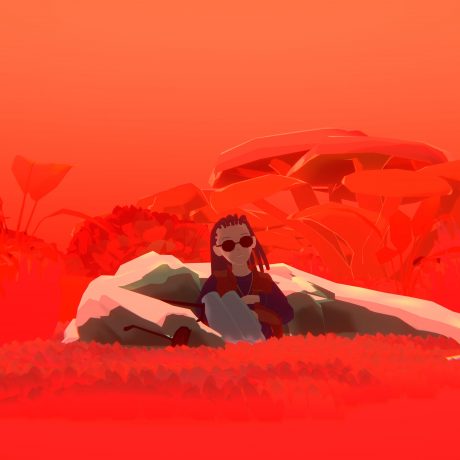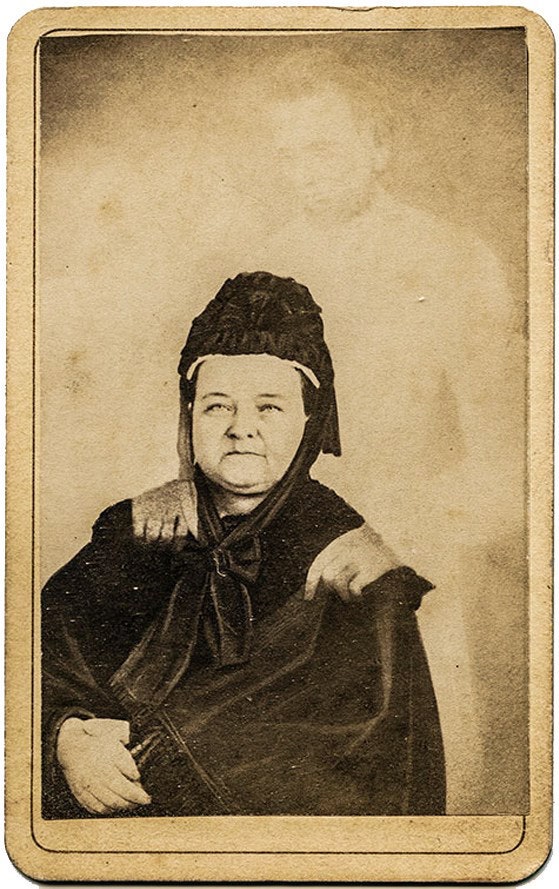
Under the Influence invites artists to discuss a work that has had a profound impact on their practice. In this edition, artist Andra Ursuţa discusses the way that early ghost photography has shaped her most recent work using photograms and lead crystal sculptures
Ghost photography is all about the uncanny and something infecting technology. It’s different to someone painting an icon, or some handmade image. I am specifically drawn to the fact that they are photographs: mechanical images.
They started in the 1800s and were popular in Victorian times. This obsession continued for decades and as the technology became more sophisticated, the images did too. People started to produce these ectoplasmic manifestations which I find very interesting. There is a known body of work by Mike Kelley where he recreated these very shitty ectoplasmic manifestation images with cotton.
I don’t remember when I first saw a ghost photograph, but I have always been interested in uncanny images. I think a lot about what it means to create an image. In our time, I wonder if it’s still possible to be surprised by an image or to find an image that reveals something unexpected. But I think it’s the artist’s job to try and do that. It feels like ghost photography provides a very clear language to be able to talk about this.
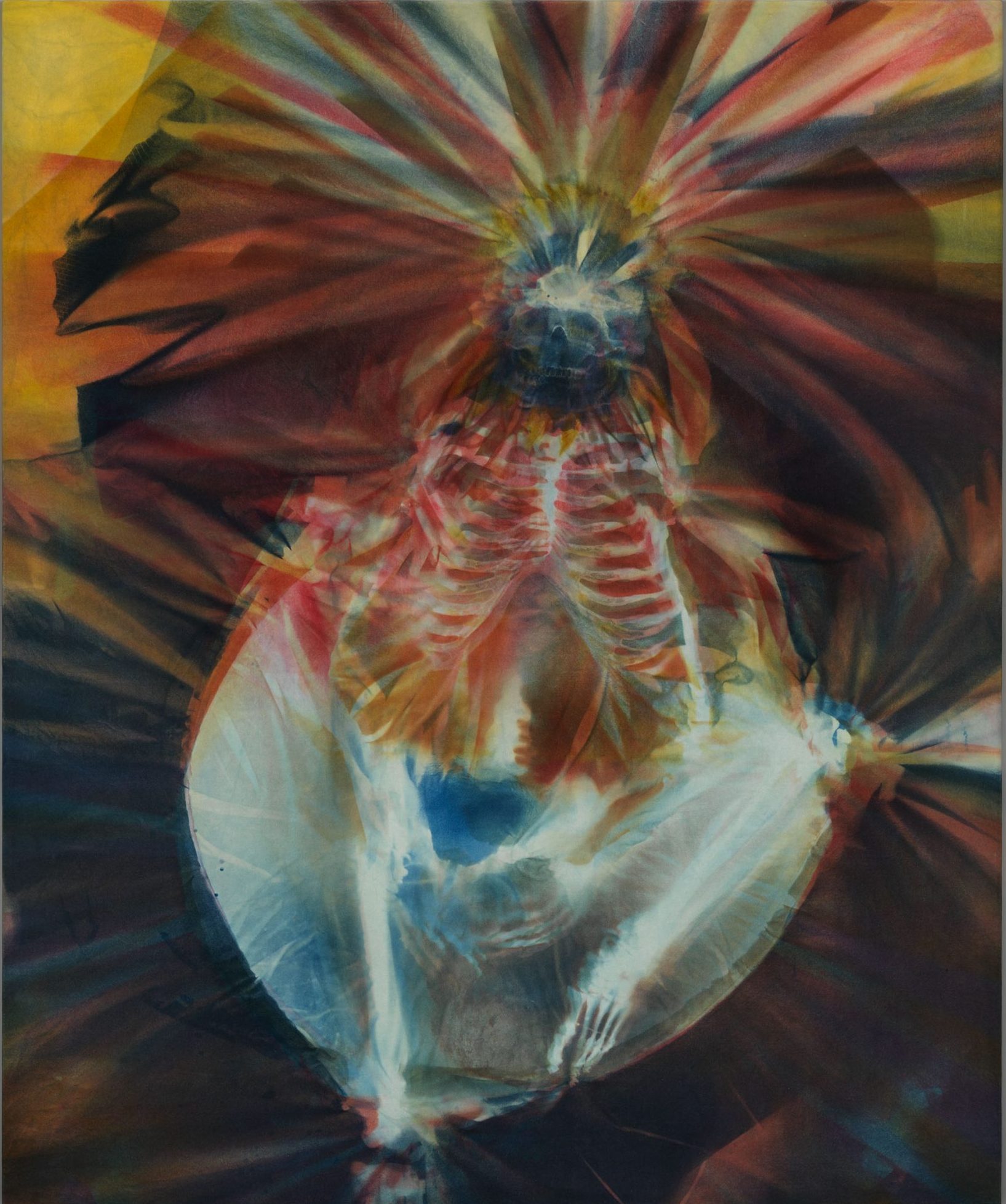
I think these images speak to a very human need. Right now, we are in a disenchanted time and there is a lot of searching to be enchanted. Maybe we want to find something beyond what the eye can see, or beyond where technology can reach. I want to acknowledge this search in my own work.
“When you are confronted by the death of someone close to you, your brain is thrown into a strange state where you are looking for ghosts”
As humans we went from viewing photographs and still images to on demand content. We now have a constant stream of entertainment under the guise of information. It is possible to constantly expose yourself to a stream of information, but I don’t think anything is penetrating. We’re just super saturated. Our attention spans are very different from even 20 or so years ago.
I don’t think that deep fakes have the same uncanny feeling as ghost photography because we are so used to digital manipulation. For me it’s more interesting when that level of fiction enters into the physical world. I always distrust what I see on the screen but not what I see in front of me.
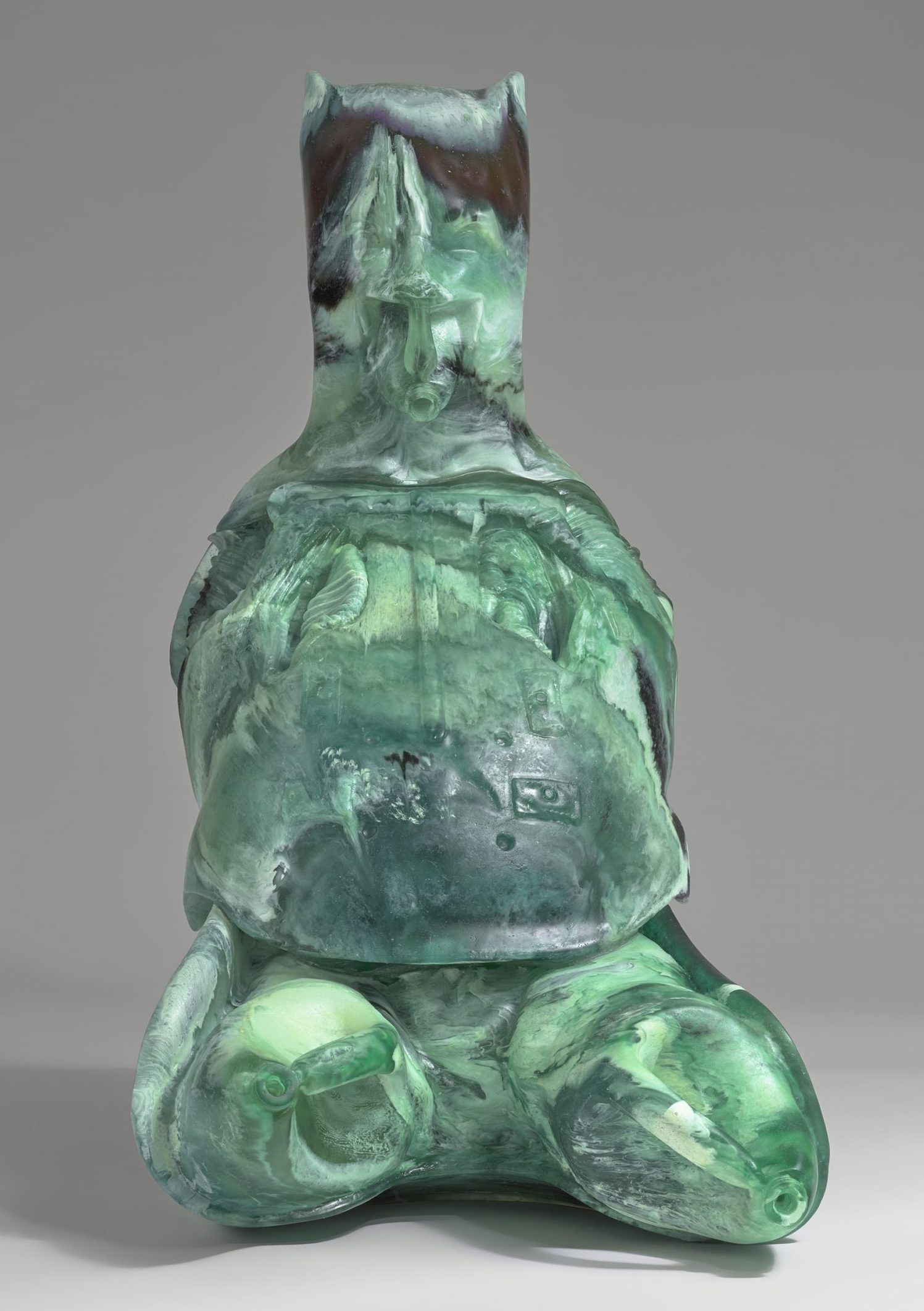
My new photogram works were prompted by a very personal event in my life. When you are confronted by the death of someone who is very close to you, your brain is thrown into a strange state where you are looking for ghosts. Your mind works overtime to convince you that the person is still there in some form. And in some way, they are. They’re still in your mind.
“Even in the case of my photograms there is a ham-fisted element. They are tragic but also a bit pathetic”
My new photograms are very dark. They have this very apparition-like quality. The process of making them is very complicated. I am primarily a sculptor, and these images came from my sculptural practice, as some of the props are items I use to make my sculptures. I started to think, “What else can these objects be?” The images are flattened version of these.

These works explore the idea of an icon that is created without hands. It’s similar to how the face of Christ could be miraculously printed on a piece of fabric. I think people were so ready to accept that ghost photography was a real thing when it first emerged because they had been conditioned through religion to believe in the existence of such icons.
My photograms could be seen as an analogy for photography, or ghost photography. It’s putting a 3D object onto a flat surface, becoming something else in the process. They are strange and seductive images that could be spiritual.
“I always distrust what I see on the screen but not what I see in front of me”
In a way, my physical sculptures mimic what the photograms are doing. They start out as a model I make by hand in the studio, then they are scanned and manipulated in a digital programme and printed into a wax and then glass cast. So there is this back and forth between digital and analogue processes. The image you see at the end, even if you understood exactly how it was made, could still appear miraculous in some way.
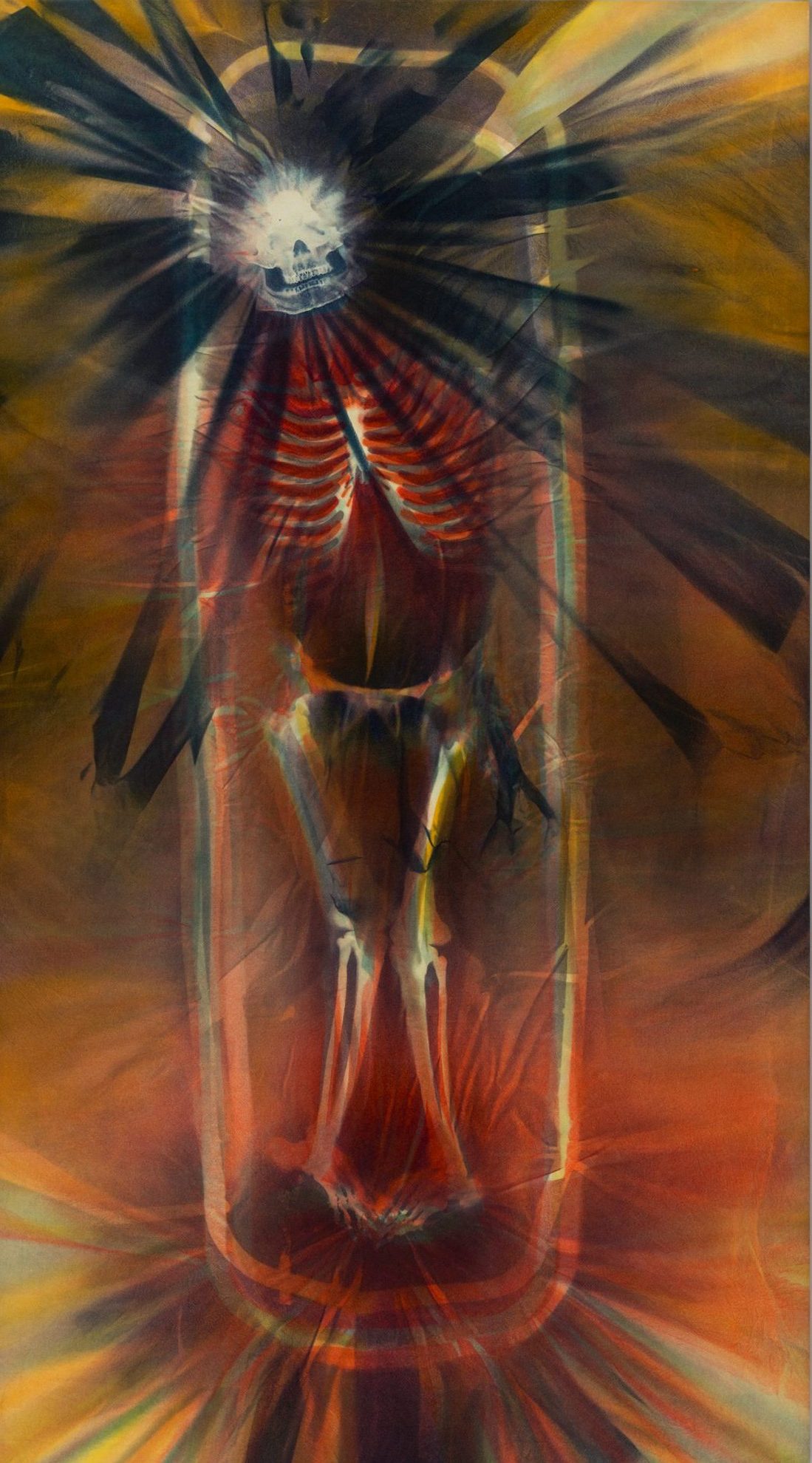
I think all my works have this spiritual aura which sometimes freaks me out. They are all about alchemical transformation. Glass as a material is very conducive to these kind of analogies. They go in the kiln and you don’t know exactly what will come out or how they will react with each other. Glass is not technically a solid, it’s just moving very slowly. So you’re actually looking at this moment of things flowing into each other.
We are so much more visually sophisticated than the Victorians, so I don’t think they would have seen the humour in ghost photographs. But now we have seen it all. There is an element of humour in my work because it is very dark and might become too dramatic. I do consciously undermine the seriousness of it. I feel even in the case of my photograms there is a ham-fisted element. Sometimes the skeletons wear these bits of lingerie. They are tragic but also a bit pathetic.
As told to Emily Steer
Andra Ursuţa: Joy Revision is at David Zwirner, London, until 29 October
All works © Andra Ursuţa. Courtesy the artist and David Zwirner
Under the Influence
Discover the connections between today’s creatives and the artists who helped shape their work
READ MORE